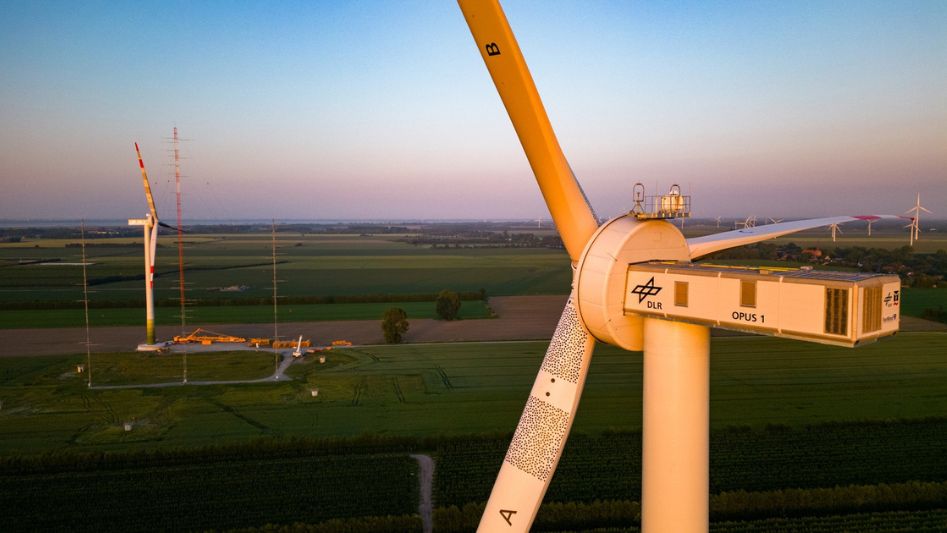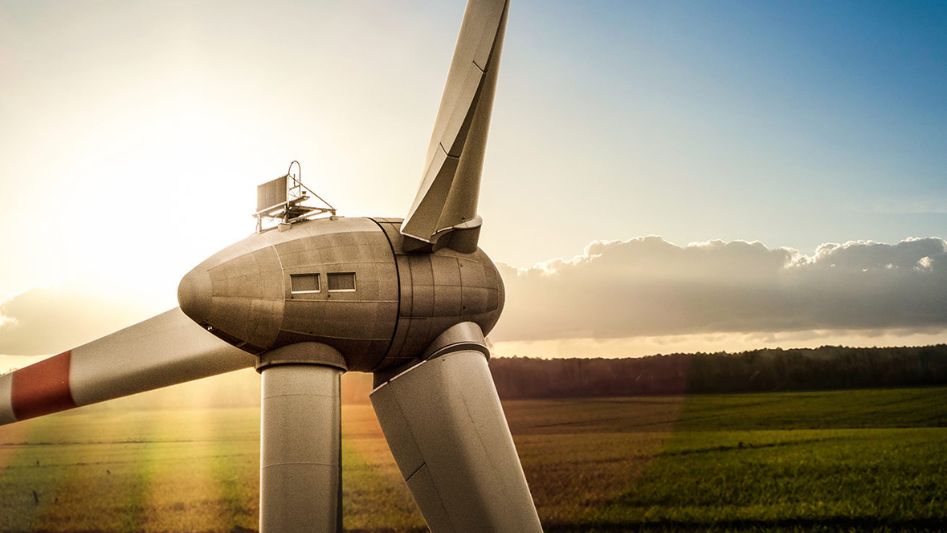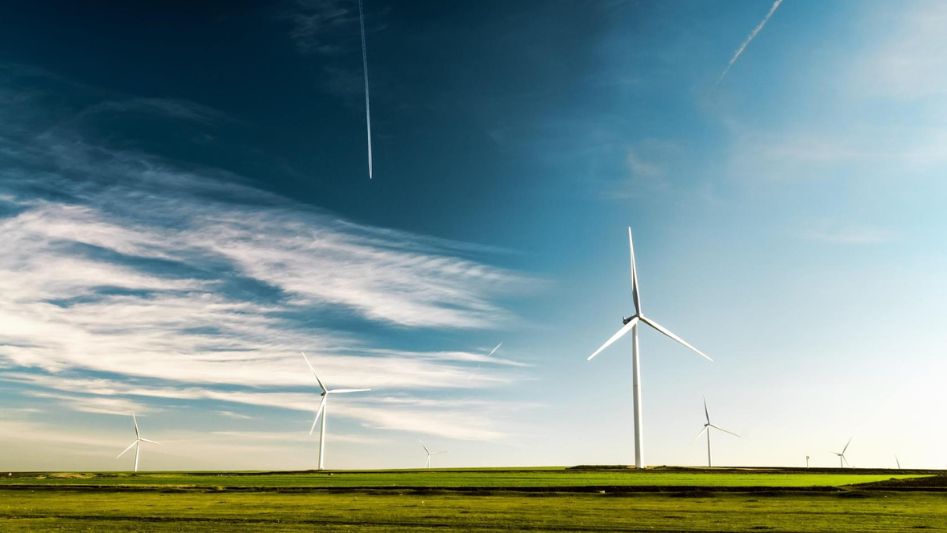In the quest for cleaner and more sustainable sources of energy, rooftop wind turbines are emerging as a promising solution. These compact, innovative devices are turning our urban landscapes into potential hubs for renewable power generation. In this article, we’ll explore the concept of rooftop wind turbines, their benefits, challenges, and the potential they hold for a greener future.
Table of Contents

Understanding Rooftop Wind Turbines
Rooftop wind turbines, as the name suggests, are small-scale wind turbines designed to be installed on the rooftops of residential and commercial buildings. These turbines are a variation of traditional wind turbines, which are typically found in large wind farms in rural areas. However, rooftop turbines are designed to harness the wind energy in urban and suburban environments, where space constraints and zoning regulations make traditional wind farms impractical.
The Benefits of Rooftop Wind Turbines
1. Harnessing Local Wind Resources
One of the primary advantages of rooftop wind turbines is their ability to tap into local wind resources. Unlike large wind farms that require specific geographical locations with consistent and strong winds, rooftop turbines can generate electricity even in areas with lower wind speeds. This means that more regions can potentially benefit from wind energy, reducing our reliance on fossil fuels.
2. Decentralized Energy Generation
Rooftop wind turbines promote decentralized energy generation. By generating power on-site, buildings can reduce their dependence on the grid and, in some cases, even sell excess electricity back to the grid. This decentralization improves energy security, reduces transmission losses, and can make the grid more resilient.
3. Utilizing Underutilized Space
Roofs are often overlooked as usable space, but they provide an ideal location for wind turbines. Installing turbines on rooftops maximizes the use of underutilized space, making it an efficient way to integrate renewable energy into urban environments without the need for additional land.
4. Reduced Carbon Footprint
Rooftop wind turbines contribute to the reduction of carbon emissions. As a clean energy source, they help combat climate change and decrease the environmental impact of electricity generation. By choosing wind power, building owners can demonstrate their commitment to sustainability and environmental stewardship.

Challenges and Considerations
While rooftop wind turbines offer several benefits, they also face certain challenges and considerations:
1. Wind Resource Variability
Urban environments have complex wind patterns that can be affected by buildings and other structures. This variability can make it challenging to predict and optimize energy generation from rooftop turbines.
2. Installation Costs
The initial cost of purchasing and installing rooftop wind turbines can be relatively high. However, this expense may be offset by long-term energy savings and potential incentives and rebates offered by governments and utility companies.
3. Aesthetics and Noise Concerns
Some people may find the presence of wind turbines on rooftops aesthetically unappealing, and noise generated by the turbines can be a concern. Proper design and placement can help mitigate these issues.
4. Maintenance Requirements
Like any mechanical system, rooftop wind turbines require regular maintenance to ensure they function efficiently and safely. Owners must factor in maintenance costs and schedule regular inspections.
The Future of Rooftop Wind Turbines
As technology advances and the demand for clean energy grows, rooftop wind turbines are likely to play an increasingly significant role in our energy landscape. Innovations in turbine design and materials, coupled with improved wind prediction models, will make rooftop wind turbines more efficient and cost-effective.
Additionally, as governments and businesses commit to reducing their carbon footprints, we can expect to see more incentives and policies supporting the adoption of rooftop wind turbines. These initiatives will encourage building owners to invest in renewable energy solutions and accelerate the transition to a greener future.

Conclusion
Rooftop wind turbines are a promising avenue for decentralized, sustainable energy generation in urban and suburban areas. While they come with challenges, their potential benefits, including harnessing local wind resources, reducing carbon emissions, and utilizing underutilized space, make them an attractive option for a cleaner and more sustainable energy future. As technology continues to evolve, rooftop wind turbines are poised to become an integral part of our urban energy infrastructure, contributing to a more resilient and environmentally friendly world.
FAQs
Why choose rooftop wind turbines?
Rooftop wind turbines offer benefits like localized energy production, reduced carbon footprint, and efficient use of space in urban areas.
Are rooftop wind turbines cost-effective?
While initial installation costs can be high, long-term savings and potential incentives make rooftop wind turbines economically viable.
Do rooftop wind turbines require maintenance?
Yes, regular maintenance is essential to ensure the efficient and safe operation of rooftop wind turbines.
You May Also Like
- THE SOLAR ENERGY REVOLUTION: WHY SOLAR IS TAKING OVER THE WORLD
- SOLAR ENERGY IN DEVELOPING COUNTRIES: EMPOWERING COMMUNITIES
- WIND POWER IN YOUR BACKYARD: ROOFTOP WIND TURBINES FOR HOMEOWNERS
- PLANET-FRIENDLY PROFITS: THE INTERSECTION OF ECOLOGY AND ECONOMICS
- FROM BROWN TO GREEN: TRANSITIONING TO ECO-FRIENDLY ENERGY SOURCES
